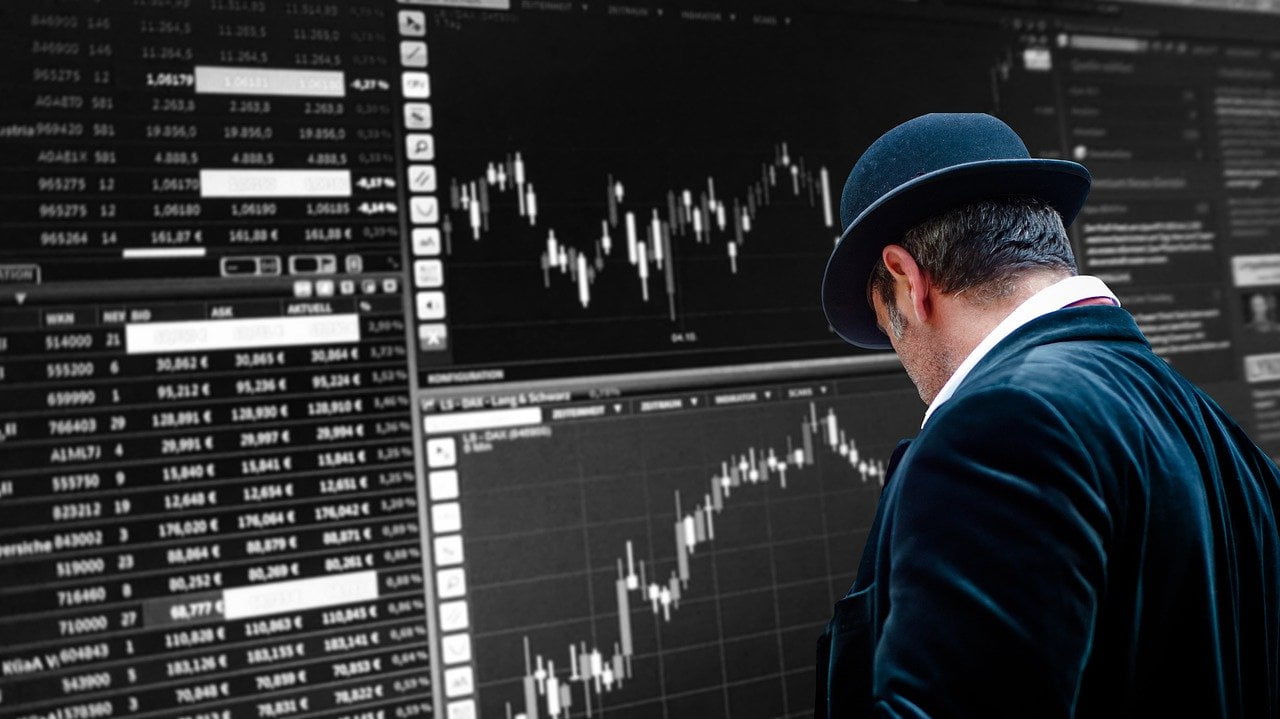Ben Strubel’s letter to investors for the month of June 2020, titled, “why the stock market isn’t always the economy.”
Q1 2020 hedge fund letters, conferences and more
Dear Investors,
First, some good news. Lancaster County is now in the “yellow phase.” That means my physical office location is allowed to open and I am back in the office. I will be working on mailing out the delayed quarterly newsletters.
The Stock Market Is Not The Economy
The stock market is basically back to where it started the year. One thing I’ve discovered everyday investors struggle to understand is that the stock market is not the economy. Yes, the stock market generally moves along with the economy, but there are some very big, very important differences. The current COVID crisis is exposing one of the big key differences.
The stock market roughly represents the 500 largest companies, if you look at the S&P 500, or a selection of 30 of the largest most important companies, if you look at the Dow Jones average. The stock market is just the biggest corporations in the US. That means, it doesn’t reflect the environment for small businesses.
People see the 13-16% unemployment rate (depending on the measure). Then, they see a friend laid off or furloughed. They see on Facebook that their favorite local restaurant is closing permanently. They think things are in bad shape. When they check the stock market, it’s down only 1% for the year! How can that be? That’s crazy! It must be a bubble. They think, there is going to be a crash. Doesn’t the stock market know businesses are closing and people are unemployed?
Darden's Balance Sheet Can Support Being Closed
Well, yes. The market knows, but sometimes it doesn’t care. Sometimes big companies aren’t affected as much as you might think. Let’s look at Darden Restaurants (DRI) the owner of several chains, including Olive Garden and Longhorn Steakhouse. Darden has a strong enough balance sheet to support being closed 6-12 months.
Let’s say your neighborhood has three restaurants: two local independent places and one Longhorn Steakhouse (Darden). There were usually 50 diners at each restaurant per night pre-COVID. That is 150 total customers split equally between three restaurants.
Now, the pandemic hits. For economic reasons, one of the local restaurants shuts down permanently. Unemployment is 20% (we’ll use 20% to make the numbers easy) so obviously those without a job will not be dining out. So, we subtract 20% of 150 and now have 120 total diners. With just two restaurants left, each one gets 60 diners. Darden’s restaurant just got 10 more customers despite high unemployment and a local business shutting down.
Oh course, this is a made-up example to just show how the math can work. You can imagine this happening, perhaps not in the restaurant industry, but more easily with large retailers like Home Depot, Wal-Mart, Costco, and Amazon. These chains have been allowed to remain open and have certainly taken business from smaller local establishments.
Airlines And Travel Stocks Hit Hard
I’m not saying this is happening in every sector in the economy. Airlines and travel stocks have been hit hard regardless of size or locale. My example just shows you how sometimes what you see in your area and your industry and what happens in the market are not the same.
Currently, the government’s response to the economic crisis has been adequate enough to support the stock market. I’m not saying the government’s response has been perfect. But it’s done enough to keep the prospect of a strong recovery realistic as things begin to open up around the country. There is one area of concern, and that is state and local government budgets. (Remember, with the shutdowns, economic activity all but ceased, so many state and local governments are missing several months of tax receipts.) Up until now, the current economic stimulus measures have largely been targeted toward helping individuals and corporations. If nothing is done to patch up state and local finances, then layoffs at the state and local government level will act as a drag on job gains and slow the recovery just like we saw post-2009.
As I’ve stated in past newsletters, recoveries from these types of events historically have been quick. I still believe we are on track for matching similar events in history with a rather quick, efficient recovery (subject to some variability due to the issues at the state and local government levels).
I’ll end this newsletter with two words that I think sum things up as we move forward: Cautious Optimism.
Disclaimer
Historical results are not indicative of future performance. Positive returns are not guaranteed. Individual results will vary depending on market conditions and investing may cause capital loss.
The performance data presented prior to 2011:
- Represents a composite of all discretionary equity investments in accounts that have been open for at least one year. Any accounts open for less than one year are excluded from the composite performance shown. From time to time clients have made special requests that SIM hold securities in their account that are not included in SIMs recommended equity portfolio, those investments are excluded from the composite results shown.
- Performance is calculated using a holding period return formula.
- Reflect the deduction of a management fee of 1% of assets per year.
- Reflect the reinvestment of capital gains and dividends.
Performance data presented for 2011 and after:
- Represents the performance of the model portfolio that client accounts are linked too.
- Reflect the deduction of management fees of 1% of assets per year.
- Reflect the reinvestment of capital gains and dividends.
The S&P 500, used for comparison purposes may have a significantly different volatility than the portfolios used for the presentation of SIM’s composite returns.
The publication of this performance data is in no way a solicitation or offer to sell securities or investment advisory services.






